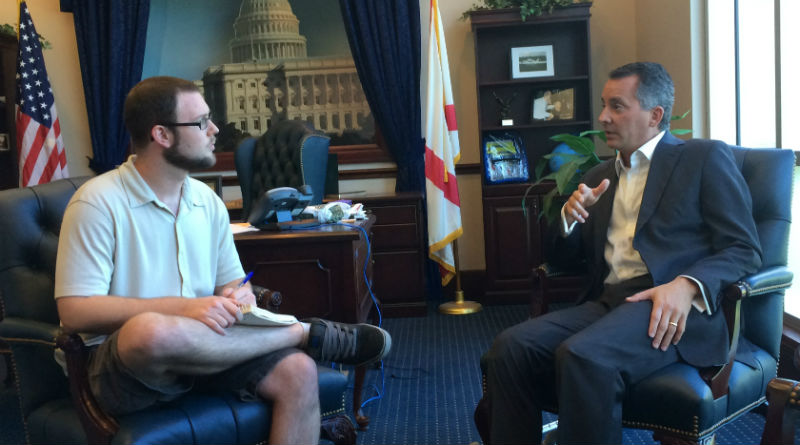Student journalists drive political coverage on campus
In Philadelphia, The Temple News staff is constantly covering elections, from the presidential race to down ballot contests.
 The paper covered U.S. Senate debate for the Pennsylvania seat that took place this week before. http://temple-news.com/news/senate-candidates-debate-tpac/
The paper covered U.S. Senate debate for the Pennsylvania seat that took place this week before. http://temple-news.com/news/senate-candidates-debate-tpac/- Libertarian Vice Pesidential candidate Bill Weld’s visited Temple. http://temple-news.com/multimedia/libertarian-vice-presidential-candidate-bill-weld-visits-main-campus/
- Hillary Clinton comes to Temple (video). http://temple-news.com/multimedia/hillary-clinton-comes-temple-university/
- Donald Trump appearance draws protest (video). http://temple-news.com/multimedia/donald-trump-appearance-center-city-draws-protests/
- Student petition to cancel classes on election day. http://temple-news.com/news/students-petition-cancel-classes/
- Opinion piece on third-party candidates http://temple-news.com/opinion/dont-dismiss-third-party-candidates/
- Opinion piece on professors balancing campaign coverage. http://temple-news.com/opinion/professors-balance-campaign-coverage/
Links provided by John DiCarlo, Student Media Program Director and Adjunct Journalism Instructor, Temple University

